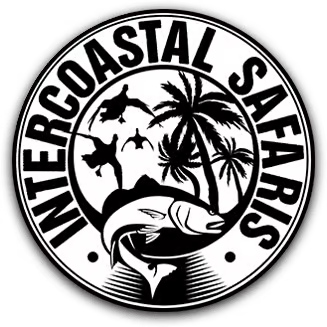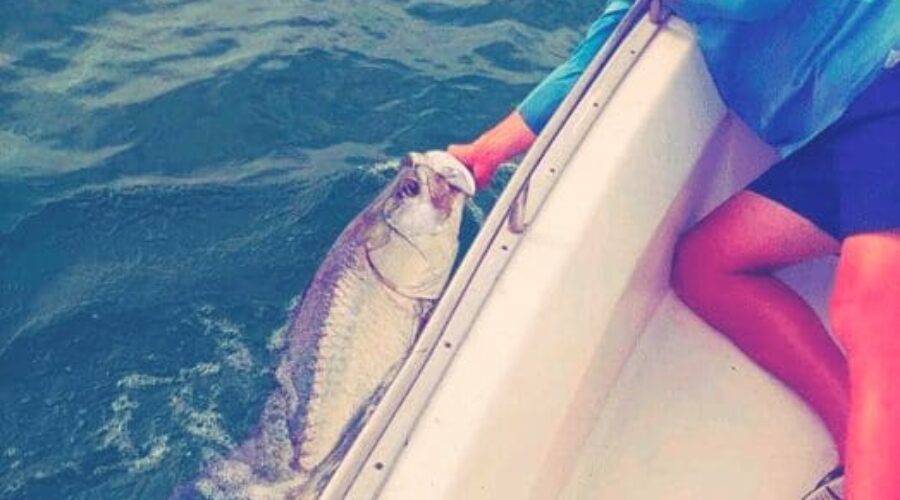How to catch Tarpon
Targeting Tarpon
When most fisherman think of tarpon fishing they think of south Florida and they are not wrong. South Florida waters have a well earned reputation for tarpon fishing. Its the hard fight, aerobatics and sheer strength of this fish that makes it so rewarding to catch. Catching is one thing but finding them is another. They are not like other species that hang around all year in most spots. They do migrate and while I know this could be said for various sport fishing targets, being in the right place at the right time is essential to tarpon fishing success. Fishing for tarpon in anywhere north of south Florida can be hit or miss. Hopefully this information will help you hit a little more.
Where to catch tarpon
Along the northern most coast of the Gulf, tarpon can be caught around Perdido Pass, all the way west Fort Morgan & Mobile Bay, Alabama. Moving south of Apalachicola, Tampa and of course the Miami area are considered to be true hot spots. Some of those spots around Miami include the flats off Biscayne Bay, Hauler Inlet, Government Cut, Black Point Marina, as well as the Intracoastal way of North Miami Beach. On the other hand, you can have some of the best luck with catching tarpon in other states as well, including the outer banks of North Carolina, the southern tip Louisiana’s bayou and Chesapeake Bay in Virginia. The tarpon fishing action picks up again on the southwestern side of the gulf around Galveston Bay and San Padre Island in south Texas.
Here are some months and places to go tarpon fishing.
South Texas June to Early Oct
Louisiana Bayous Aug & Sept
Coastal Alabama July
Apalachicola May & June
Tampa & Miami Mid March to Mid July
Outer Banks Aug & Sept
Chesapeake Bay July to Early Oct
What bait to use when catching tarpon
When attempting to catch tarpon the typical set up includes baits such as mullet, pinfish, needlefish, sardines, palolo worms, shrimp and crabs. Tarpon also like to scavenge on crustaceans and other small fish such as anchovies. Artificial baits have come a long ways in recent years and many fisherman use swimbaits, shrimp lures, and lead-head jigs with soft-plastic bodies. When choosing hook sizes for catching tarpon, local fishermen are almost the best source of inside info.
Fly-fishing for Tarpon
When fly-fishing for tarpon, it’s important to have heavy duty gear such as high-quality disc drag reels, heavy fly line, and the right backing. When using leaders, it’s crucial to include a section of “shock tippet” as it will prevent the line being cut on tarpon’s extremely sharp gills and sandpaper mouths. In addition, when fly-fishing in Florida Keys, you may want to have a 20-30lb class shock tippet and know the common knots, “Homer Rhodes Loop ”, and “The Perfection Loop”. Avoid snatching your rod up, when fighting, as it could result in you losing the tarpon. It’s better to keep your rod tip low, raising the rod slowly prior to tarpon jumping so that it hooks on effectively. Tarpon are notorious for breaking off, especially on the fly. Our best advice when new to tarpon fishing is go with a local fly fishing guide and don’t be shy about asking questions.
Tarpon can be caught from shore if the conditions are right. While rare, it can happen. Any area where there are piers, jetties, and marinas are probably your best bet for fishing from land. It’s important to keep in mind that different states have different rules and regulations. Another key point to realize is tarpon are very hard fighters with razor sharp gills so don’t skimp on the equipment side of the equation. Tarpon often break off and that’s OK as long as your willing to fish with a can do attitude. Many DYI fisherman fish for several years before landing that trophy Tarpon. If your looking to speed up that process check out our website to find the right guide for your next tarpon trip.



